- Membership Resources
- State Chapters
- Education/Events
-
Advocacy/Policy
- Home Care Workforce Crisis: An Industry Report and Call to Action
- Advocacy Fund
- State of Home Care: Industry at Crossroads
- Home Care Workforce Action Alliance
- Caring for Seniors: Value of Home Care
- Home Care by the Numbers
- Issues & Positions
- Legislative Action Network
- State Legislation Tracker
- Federal Legislation Tracker
- 2024 National Advocacy Day
- About HCAOA
- Find a Job
|
Earlier this week, House Democrats released a slimmed-down $2.2 trillion legislative package. A possible vote could occur later this week on this new package. However, Senate Republicans are on record not wanting to spend $1 trillion for relief efforts, so it is unclear whether a deal can be reached. The House bill includes a significant increase in Medicaid FMAP spending for home and community-based services, which was also part of the House’s relief package passed in May. Bipartisan lawmakers have pushed for another round of economic stimulus for months, but they have remained far apart on the amount seen as necessary to combat the pandemic. Lawmakers have been split on the level of weekly unemployment assistance and aid to provide states and cities. The updated House Democrat proposal includes funds for restaurants, airlines, child care centers, and performance venues hit hard by the pandemic as well as funding for the postal service, which Democrats have said is needed before Election Day. The new bill would include another round of direct checks to Americans, and it would renew the $600 in supplemental unemployment aid that expired in July. The package would also extend the Paycheck Protection Program, which expired on Aug. 8, leaving more than $130 billion in funding unused. The bill seeks $436 billion to help state, local, territorial and tribal governments avoid layoffs as they cope with budget shortfalls. That’s down from nearly $916 billion requested in May. Republicans have resisted state and local “bailouts,” while proposing to let already appropriated money be used more flexibly to make up for revenue shortfalls. Among other cutbacks:
The package also includes a measure expanding a tax credit for employee retention that was created in March and has drawn bipartisan support. The program is aimed at keeping workers on payrolls and helping businesses stay afloat by giving employers enough money to cover a percentage of their wages and benefits, plus a tax credit for fixed expenses like rent.
0 Comments
Leave a Reply. |
Archives
July 2024
Categories
All
Upcoming Events |
|
Phone: 202-519-2960 | 444 N. Capitol Street NW, Suite 428 | Washington, DC 20001
[email protected] | sitemap © 2024 Home Care Association of America. All Rights Reserved. | Privacy Policy | Refund Policy |
|

 RSS Feed
RSS Feed
